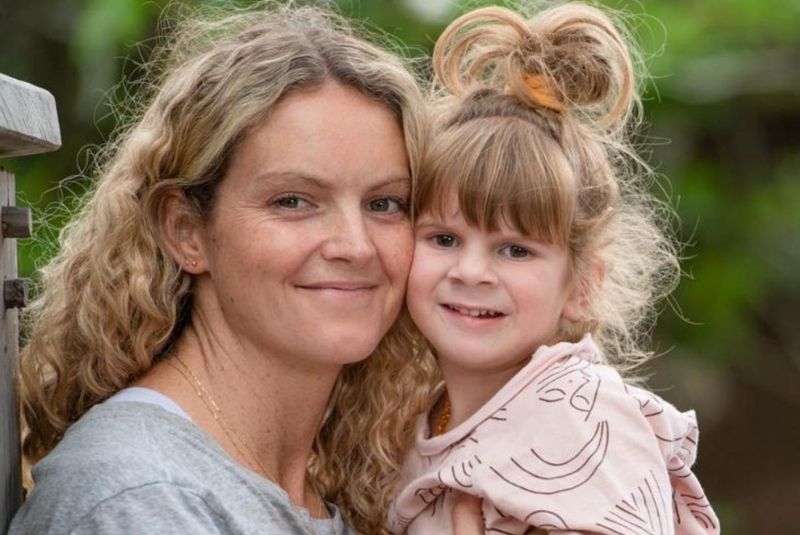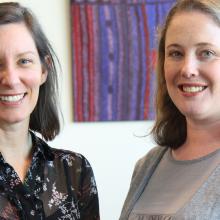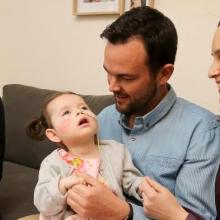MITO - mitochondrial disease

The term mitochondrial disease covers a group of rare genetic disorders that affect our mitochondria, the power plants of our body’s cells.
Mitochondria produce the energy needed for all cells in the body to work properly. They help turn energy from food into energy that cells can use. In children with mitochondrial disease, their mitochondria do not work correctly, and not enough energy is made to sustain effective organ function.
Because mitochondria are in virtually every cell, mitochondrial diseases can cause a range of symptoms including hearing loss, seizures, strokes, heart failure, muscle weakness and intellectual disability. Children with mitochondrial disease may have problems in multiple organs.
These baffling, often fatal disorders can be extremely difficult to diagnose. More than 1200 genes contribute to healthy mitochondria making it challenging to identify which gene is responsible.
Diagnosis allows children to access clinical trials and tailored care.

Who does it affect?
Who does it affect?
- One baby is born in Australia each week with a severe form of mitochondrial disease. This equates to about one in every 5,000 births.
- Currently, up to 40 per cent of cases go undiagnosed.
- The disease can occur at birth or later in life. Sometimes symptoms can appear suddenly after a stress like a viral illness.
- Sometimes referred to as Mito, it is often summarised as being able to cause any symptom, in any organ, at any age.
Our mitochondrial research
Our mitochondrial research
Our research aims to diagnose all children with mitochondrial disease to end an often long and painful diagnostic odyssey. This involves identifying new disease-causing genes and streamlining diagnostic processes.
We are determining how different genes cause the disease and trialling potential treatments.
We are researching mitochondrial diseases including Alpers syndrome, Barth syndrome, Leigh syndrome, Lethal infantile mitochondrial disease, MELAS, mitochondrial DNA disorders, mitochondrial encephalopathy, mitochondrial myopathy, cardiomyopathy and cytopathy, OXPHOS disease, respiratory chain disease, pyruvate dehydrogenase deficiency and Sengers syndrome.
Impacts of our research

Impacts of our research
- Leading global efforts to improve diagnosis of inherited mitochondrial energy generation disorders
- Pioneering approaches to translate technology for determining DNA sequences - Next Generation Sequencing (NGS) - into genetic diagnosis
- Using NGS to study mitochondrial disease for 1200 genes that make mitochondrial proteins
- Discovering over 25 novel disease genes that cause Leigh syndrome and other severe childhood-onset mitochondrial disorders, enabling couples who lost children to mitochondrial disease to conceive healthy children
- Leading the scientific/medical campaign for legalisation of mitochondrial donation, a new IVF-based procedure for families at high risk of having a child with severe mitochondrial disease, resulting in Maeve’s Law being approved by the Australian Parliament in March 2022.
Our vision
Our vision
At MCRI, we are working to gain a better understanding of how mitochondrial disease is caused and progresses, to enable couples to access reproductive options and to find treatments or even cures. We also want to make faster and more accurate genetic diagnosis possible for all families.
Where to next?
Where to next?
We are using cutting-edge multi-omic technologies including long-read DNA sequencing, RNA sequencing and quantitative proteomics to tackle the most difficult to diagnose cases of mitochondrial disease, with the aim of accurately obtaining a genetic diagnosis for all children and families without the need for a diagnostic odyssey.








